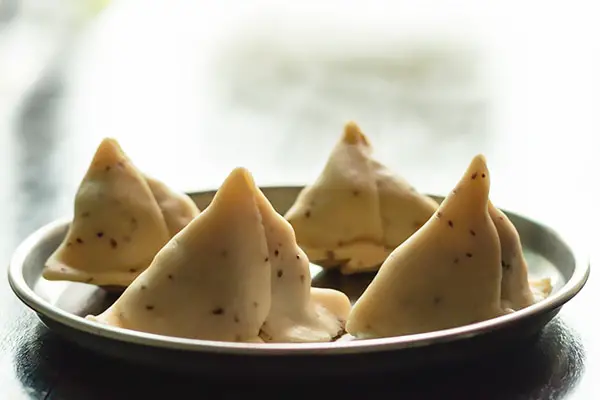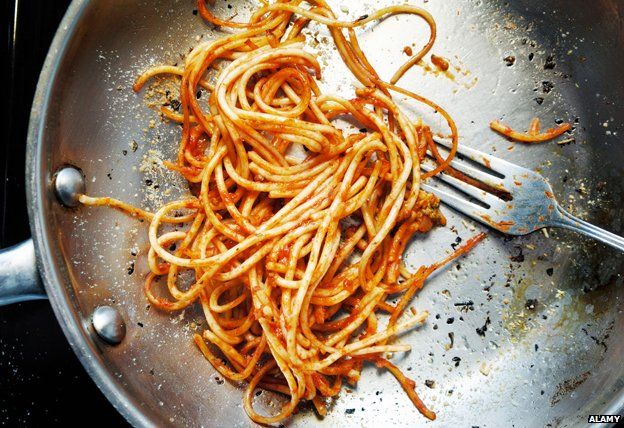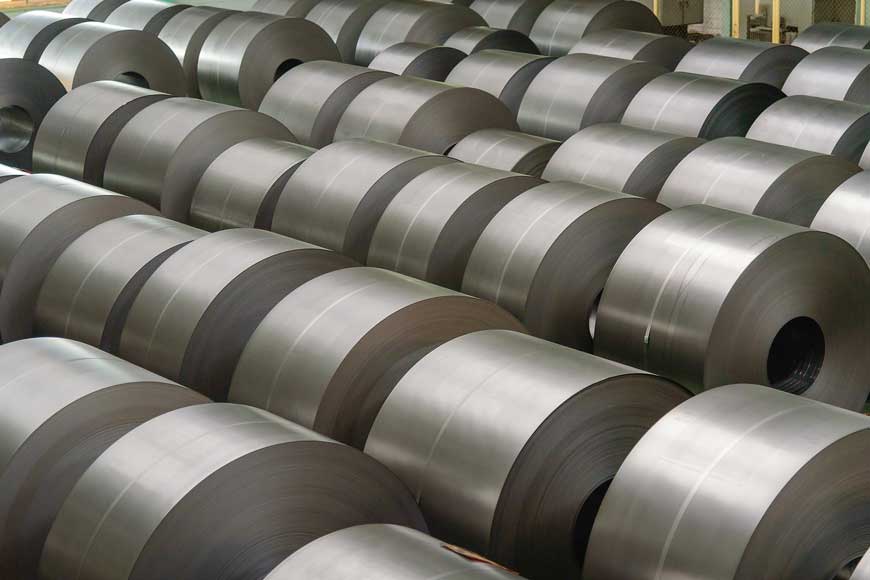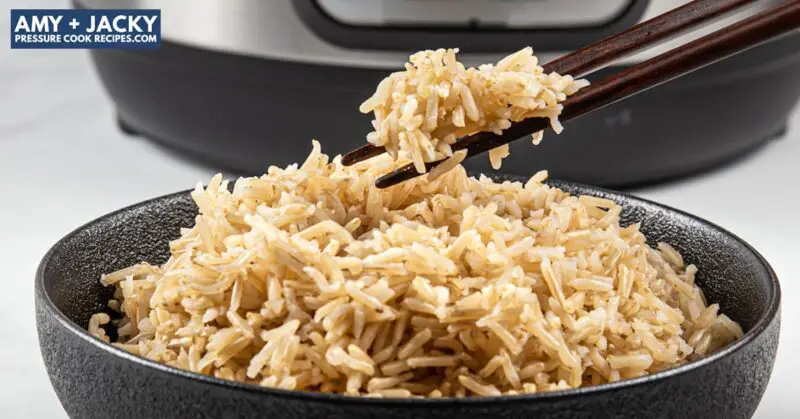The Ultimate Guide: How to Keep Fried Samosas Crispy
Samosas are a classic Indian snack that has become widely popular across the world. The crispy, flaky outer layer combined with the hot, spicy filling makes samosas one of the most irresistible snacks you can have. However, no one likes a soggy, limp samosa, and for this reason, it’s essential to understand how to keep fried samosas crispy for as long as possible.
The Science Behind Crispy Samosas
To understand how to maintain crispy samosas, it helps first to understand what makes them crispy in the first place. The key factor is the combination of heat and oil used in frying. When the samosa is first put into hot oil, the dough quickly starts cooking and forming a protective exterior crust. This outer crust then traps steam from the filling inside, allowing it to cook thoroughly while still maintaining its moisture.
As soon as the samosa is removed from the oil, some of the excess oil drips off while the rest remains on its surface. It’s this thin layer of residual oil coating on the exterior that helps keep it crispy by preventing moisture from seeping in.
Steps for Making Fried Samosas
Making samosas may seem like an intricate process, but following these steps will help achieve perfect samosas every time:
- Making Dough: To make good dough from scratch requires flour or atta mixed with water and salt until a firm and smooth ball is formed.
- Making Filling: Next comes making your filling- minced meat or mashed potatoes with spices and herbs all cooked together until tender.
- Assembling: The dough is then divided into small balls that are flattened, and filled with filling before sealing completely
- Frying: Finally, the samosas are fried in hot oil for 5-6 minutes until they turn golden brown.
Why Do Samosas Lose Their Crispiness Over Time
Like most fried foods, samosas can start to lose their crispiness almost immediately after they’re taken out of the oil. There are many reasons why this happens.
- The first reason is moisture. As samosas cool down, steam from the filling begins to settle on the interior walls of the exterior crust, thus softening it.
- The second reason is storage. Storing samosas in an airtight container may cause them to become soggy since it doesn’t allow the steam to escape leaving them trapped in there with the crispy crust will be ruined.
Tips on Keeping Samosas Crispy
Selection Tips
The selection of ingredients used for making samosas greatly affects their texture and taste. Correctly selecting these ingredients can go a long way in keeping your samosas crispy and tasty. These tips include:
Choosing The Right Type of Flour:
The type of flour used for making dough can significantly influence the end result in terms of texture and taste. Using flour or atta that is higher in gluten will make a dough that has excellent elasticity. This property of the dough makes it capable of carrying less moisture and oil, resulting in crisper samosas after frying.
Choosing a Good Filling:
The filling used for samosa should be dense and hold together well when enclosed in the dough. If the filling doesn’t hold together well, it will make the crust soggy and reduce its crispiness. Keeping the filling dry and free from excess water is essential in making crispy samosas.
Pre-Cooking Tips
Freezing samosas can help retain their shape and prevent them from getting puffed up during frying. Freezing them before cooking also allows the dough to firm up, making it easier to handle and seal. You can then take out the frozen samosas just before frying them, making sure that they go directly into the hot oil.
Cooking Tips
Some of the biggest factors affecting how crispy your samosas will turn out are frying temperature and oil. The tips for keeping your samosas crispy during frying include:
Using Appropriate Frying Temperature:
A common mistake made while frying is using oil that’s too cold or too hot. Failure to use appropriate temperature would result in flaky samosas that lack a satisfying crunch. It’s recommended to fry at between 350-375F(175-190C) depending on the size of your samosas.
Using Enough Oil:
Ensure that there’s enough oil in the pan to completely submerge the samosas entirely to keep them crispy. Frying in less oil will cause half of the samosa to stick out of the oil, leading to uneven cooking where some parts will be soggy and others crispy.
Post-Cooking Tips
Storing and Reheating Leftover Samosas:
If you have leftover fried samosas, storing them correctly will help preserve their crispy texture for longer. Leaving them at room temperature for more than three hours may cause them to soften. The following tips will help maintain their crispiness:
Store in a Dry Place:
Store your samosas in a cool and dry place to prevent them from absorbing moisture. An airtight container, after they have cooled completely, will also work well.
Cover with Paper Towels:
Avoid using a soaking wet paper towel that might get soaked in the oil because this will cause your samosas to become even softer. Place the paper towels on top of your leftover samosas to prevent them from becoming soft.
Reheating Leftover Samosas:
Reheating leftover samosas can restore their crispy texture if done correctly. The following tips will help you get the best results:
Oven Reheating Method:
To avoid losing any more of their texture, preheat the oven at 350-400°F (175°-200°C) and place the samosa in it for 5-7 minutes until crispy.
Microwave Method:
If you’re looking to reheat faster, microwave the samosa for about thirty seconds. However, it’s best that you avoid using this method when trying to keep your samoas crisp.
Frequently Asked Questions:
- What is the best oil for frying samosas?
- The best oil for frying should be one with a high smoking point such as canola oil, vegetable oil or sunflower oil. These oils are ideal because they can withstand high heat without burning quickly and also they don’t interfere with the flavor of the filling used in the samosa.
- Can I make baked samosas instead?
- If you want to have a healthier version of samosas, you can consider baking rather than frying them. However, keep in mind that this will change the texture and flavor of your samosas.
- How long should I let the oil heat up before I start frying?
- You’ll want to ensure your oil is at the correct temperature before you start frying. To check if the oil has sufficiently heated up, stick a wooden spoon in it. If bubbles form around the spoon’s edge, it’s preheated and ready for use.
- How do different fillings affect the crispiness of my samosas?
- The majority of filling consistency affects how the samosa turns out after being fried. The drier your filling is, such as minced meat or chana daal filling, the more crispy your samosas will be since less moisture is given off . however, if you’re using wetter filling like potatoes or paneer, it tends to soften your crust rapidly because of this moisture loss.
Conclusion
Samosas are a delicious snack enjoyed by many all over the world. Though they are typically deep-fried and can become soggy quickly if not stored properly, there are many tips and tricks that can be used to keep them crispy for longer and achieve perfect results every time.
By following the steps outlined in this guide from selecting ingredients smartly through to frying and storage tips, you can guarantee that your samosas stay crispy till long after they are removed from any packaging!
Frequently Asked Questions
What is the best way to store fried samosas?
To keep your fried samosas crispy for a longer period, it is important to store them properly. Firstly, make sure the samosas are at room temperature before storing. Use an airtight container or a zip-lock bag to minimize air exposure. Avoid stacking or overlapping samosas as it may lead to soggy and limp samosas. You can store the samosas in the fridge for up to 2 days or freeze them for up to a month!
Is reheating the fried samosas a good idea?
Absolutely, reheating the fried samosas is an excellent idea to retain their crunchiness. However, avoid using the microwave as it can cause sogginess due to steam. Instead, reheat on low-medium heat in an oven or air-fryer until warm, dry and crisp all over. Additionally, you can wrap the samosas in aluminum foil while heating, it prevents dehydration and maintains its texture.
What are some tips to make sure that my samosas don’t get soggy?
The primary reason why your fried samosas may turn soggy is due to high moisture content. One way to tackle this issue is by using fresh ingredients and ensuring there is no excess water or liquid while preparing and stuffing the filling. Fry them in small batches so that they don’t overcrowd in oil and puff up evenly. Drain any excess oil on paper towels before serving/reheating them. Follow these tips, and enjoy crunchy and crispy samosas every time!
Can I make my samosa dough crispy with any alternative method?
Yes, there are other techniques that can make your samosa dough crispy besides frying. One option is baking them by brushing melted butter/oil on them before baking at 375°F for 30-35 minutes until golden-brown. Another alternative is brushing the rolled-out dough with a thin layer of rice flour before stuffing and frying them. This method helps to absorb excess moisture and maintain its crispiness. Try out any of these methods for a healthier twist, without compromising on the taste!






